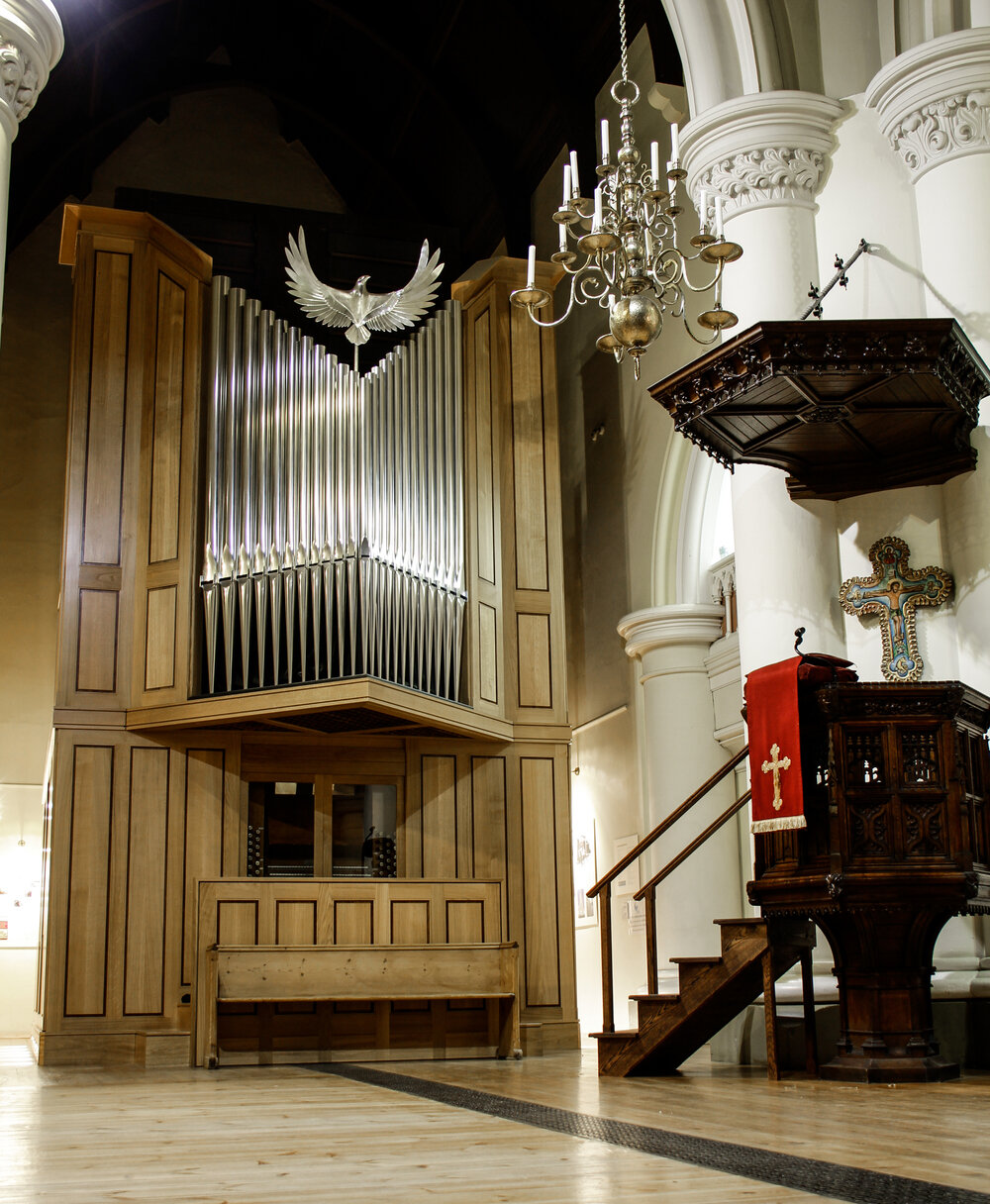
The Organ.
The organ in St John’s is a significant heritage item, not only because of its provenance but also because it offers a direct link to a hugely important movement in global history. It is doubly historic, both for the amount of eighteenth- century material contained within it and for the now very rare action mechanism installed in the nineteenth century.
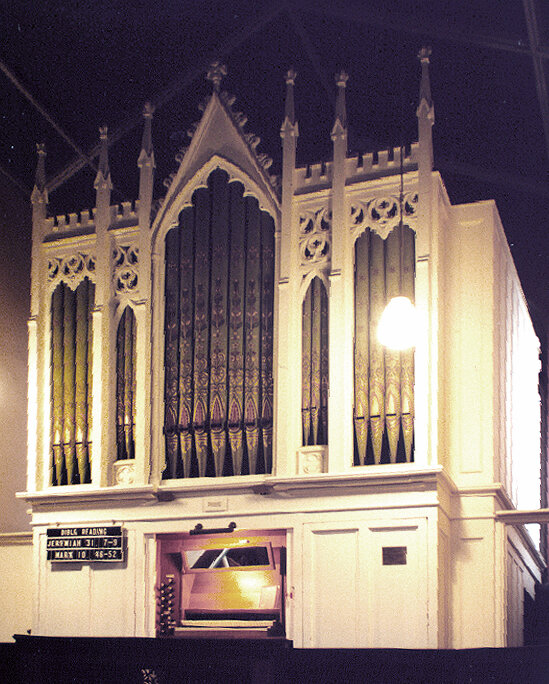
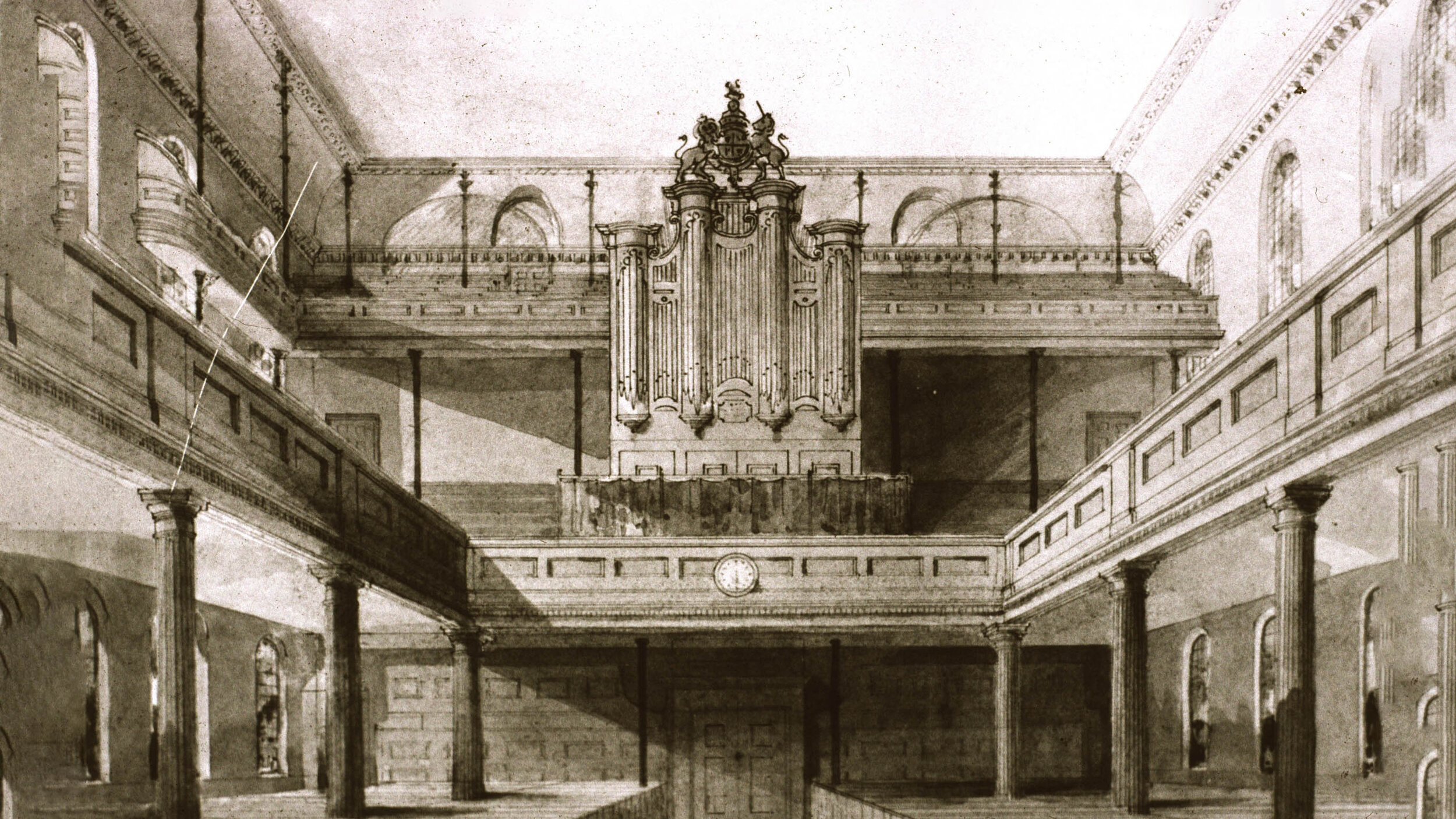
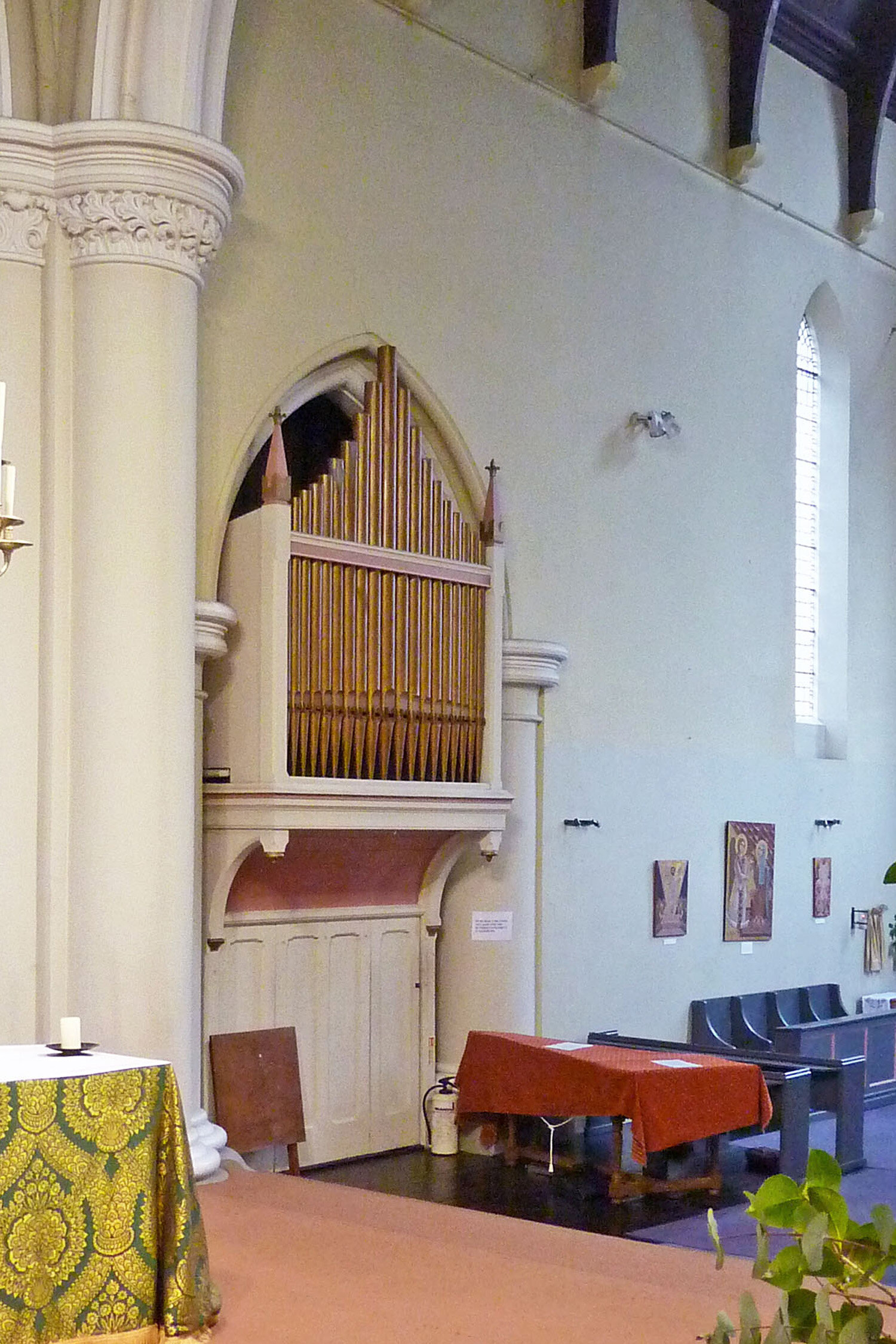
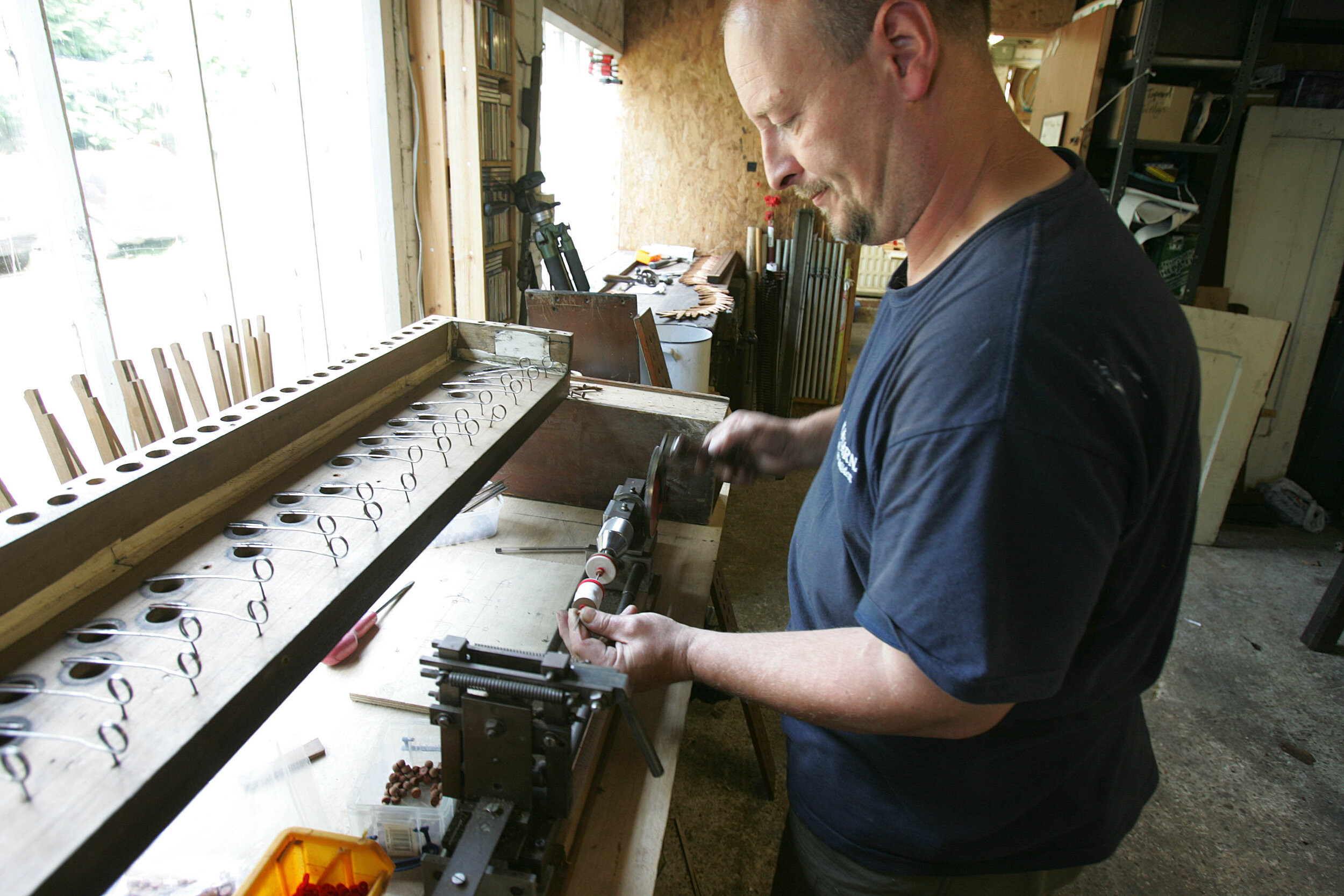


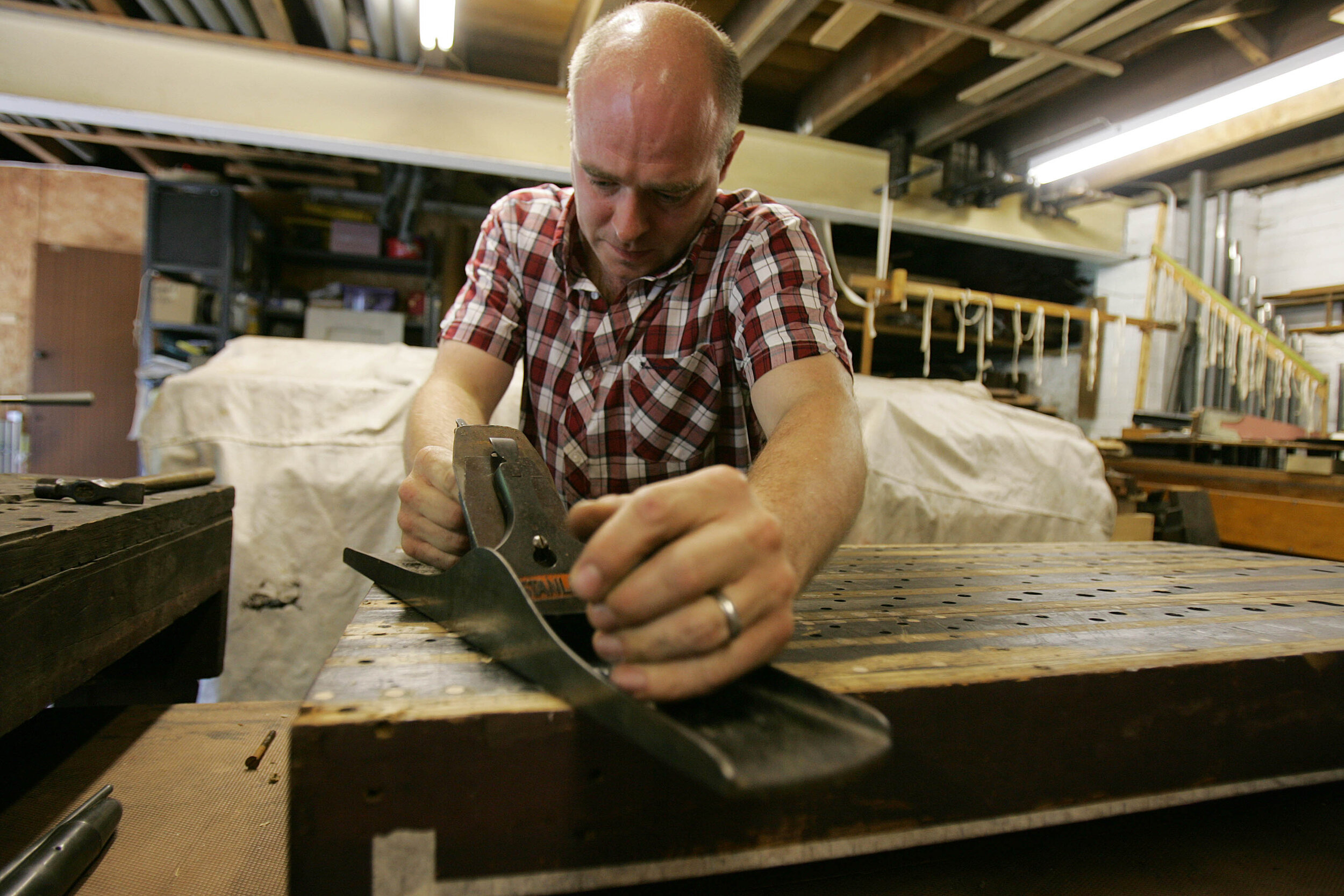
The organ was originally built in 1794 by William and Robert Gray for the west gallery of Holy Trinity Church, Clapham. Fifty years later, the original intention of the architects of the new church of St John, Notting Hill, was for a newly-built organ in the North Transept, but money was short. The Gray organ was purchased second hand from Clapham in 1846 and installed by J.C.Bishop in the then conventional position on the west gallery. Following the mid-Victorian Tractarian trend for robed east-end choirs (instead of un-robed in the gallery), the organ was moved in 1873 to its former position in the Lady Chapel in order to accompany the choir in its then new position in the chancel.
When the organ moved to the church in 1846, its original Georgian case was replaced with a Gothic case, in keeping with the style of the times. When it moved to the Lady Chapel in 1873, the Gothic case case would not fit in the new position, and large parts of it were lost. The rear pipe guard of the Gothic case remains, and has been incorporated into a new case, designed in modern style by architect Simon Ablett and built by Penny's Mill.
Forty years after its arrival in St John’s Church the by then 90 year old organ had become seriously old-fashioned and the instrument was reconstructed by George Hele of Plymouth in 1885. This work was carried out economically; the London organbuilders of the time would certainly have retained much less of the original instrument. As it was, nearly all the Gray pipes were kept as were two out of the three Gray soundboards. The Hele work included new Barker lever action to the Great organ. Barker action was invented by Charles Spackman Barker to lighten the pressure needed on the keys to open the pallet valves that let air into the organ pipes - following complaints from the organist of York Minster that playing the organ was ‘labour fit for a horse’. Instead of finger power, Barker action uses pneumatic power (in the form of small bellows) to open the valves. It was always expensive to make and so was only fitted to larger instruments. This action is now very rare; it was only made for a relatively short period, being superseded by tubular action from 1890 onwards (following an exhibition organ made in 1885). The action of the Pedal organ (played with the feet) is also of a rare type, being a very early tubular mechanism using the Barker principle.
The organ had survived with minimal change since 1885. This doubly historic instrument has a Grade II* Historic Organ Certificate.
Restoration.
The historic grade II* listed organ at St John's church in Notting Hill has been fully repaired and restored. It was removed from its previous location in the Lady Chapel, transported down to Devon, where a dedicated group of organ builders completely overhauled and restored the historical working parts of the organ, particularly the organ’s historically-significant Barker Lever Action. A new case has been created in 21st century style, for its new location in the North Transept of the church. A new eagle (the symbol of St John the Evangelist) has been designed and constructed for the front of the case. The restoration work began in Easter 2012, finishing by the end of 2013.
All of this has been made possible through the many generous donations received by the Restoring the Future Campaign, including from the Heritage Lottery Fund (HLF), which awarded the campaign £373,500 in March 2012. We are grateful to the HLF, and to all who have contributed to the project.

St John’s Organ Project
A large amount of the grant is being used to pay for a series of activities surrounding the organ's restoration, including school visits and workshops, concerts and events, open days, adult learning opportunities, and a new history exhibition.
